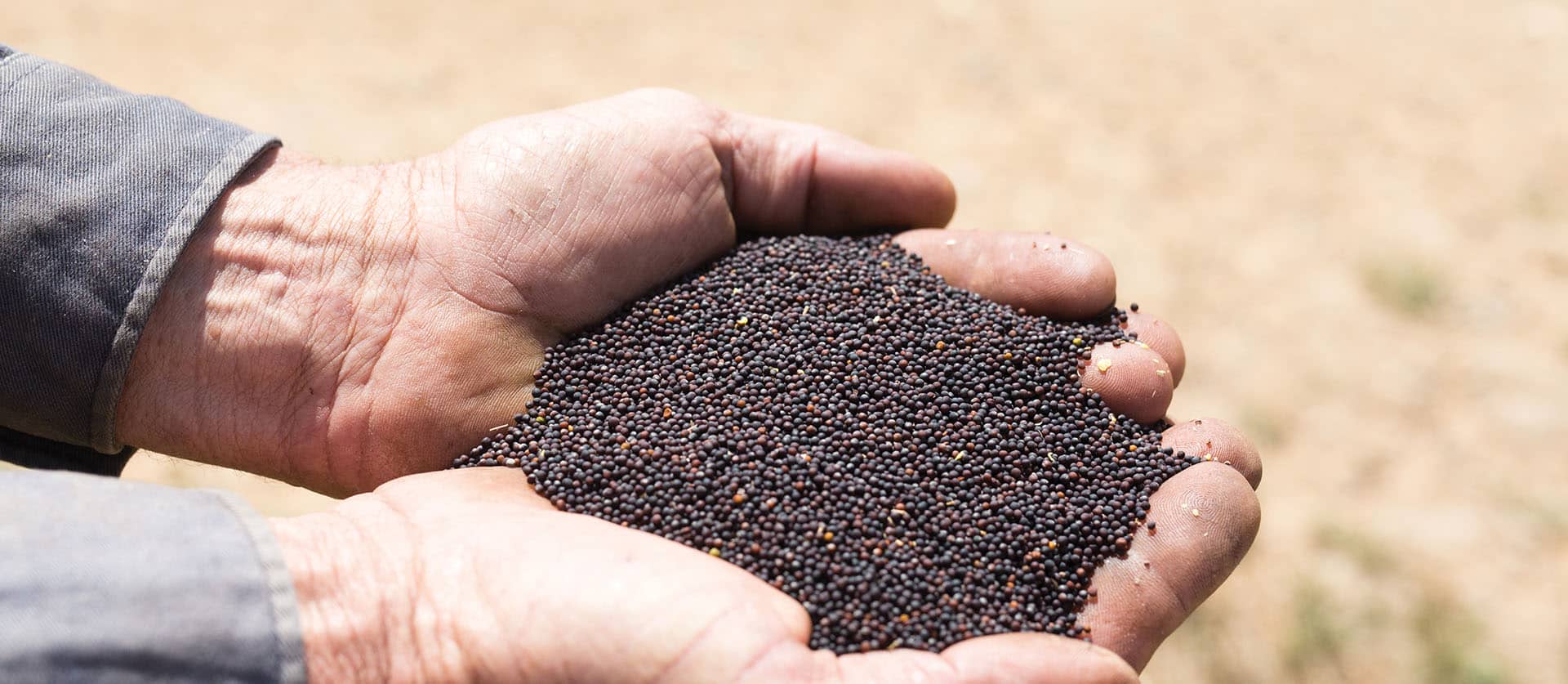Industry collection system
End Point Royalties (EPRs) have been introduced in Australia to reflect the shift from a public funded breeding system to a private system with a number of key organisations.
In 2007 a number of plant breeding organisations formed a group called the EPR Steering Committee, to develop a system for collecting EPRs that is effective and efficient for both growers and the grains industry. Support from both parties has been vital to the development of the EPR industry collection system, whereby the grain traders play a role in the collection of royalties. Participating grain traders either deduct the royalty amount from the grower’s grain payment and remit the royalty directly to the variety owner; or compile reports on grain purchases, which assist the variety owner to correctly invoice the grower for any outstanding royalties owing.
The number of grain traders who are participating in this system has dramatically increased, and continues to grow into the future as industry and growers demand greater efficiency and simplicity of the royalty collection mechanism. EPRs help to create a path to market for new varieties and technologies, which will lead to long term productivity gains for Australian farmers and the broader grain industry.
It is likely that private organisations will fund all future breeding programs, and EPRs will play the major role in supporting these programs. A list of the current key participating grain traders can be found in the Participants section.
Compliance with the End Point Royalty Collection System
Grower compliance with EPR collection is vital to ensure quality new varieties continue to be introduced into the Australian grains market – ensuring long term productivity gains.
If EPR regulations are not maintained, consequences could include;
- Lower than expected returns to plant breeders
- Less resources for plant breeders to develop new varieties
- Fewer breeding organizations and thus less competition
- Effects on productivity to farmers with fewer quality varieties being commercialized
Variety Owners and Royalty Managers use a number of different sources to monitor EPR compliance, however ultimately rely on the farmer to maintain the integrity of the collection system.
Harvest Declaration Forms
Farmers who have purchased an EPR variety will be asked to complete a Harvest Declaration form to assist Royalty Managers with their EPR reconciliation process. This is usually completed between February and May following the cropping season. A number of Royalty Managers are working together to minimize paperwork for growers by capturing variety production information on a single form.
Bulk Handler Reports
A number of Bulk Handlers are providing Royalty Managers with a report showing sales for a relevant variety. This report may be used to invoice growers in the case where EPRs have not been automatically deducted by the grain trader
Grain Trader Reports
As outlined above, the majority of major grain traders operating in Australia are collecting EPRs on behalf of Royalty Managers. Participants provide regular reports to Royalty Managers to assist with the reconciliation processes.
A number of grain traders who are not collecting EPRs on the Royalty Manager’s behalf are providing data reports on their grain purchases, which may be used to invoice growers.
Growers
The ability to plant an EPR variety provides the grower with several important benefits, including increased flexibility and support of future breeding programs.
EPRs are charged on a production basis, so growers only pay for the technology based on the performance of that variety – this ensures plant breeders are rewarded for producing the most successful varieties and encourages further innovation within the breeding industry.
By continuing to produce the best varieties, plant breeders secure their return on investment and the grains industry continues to benefit from increased productivity.
EPRs also provide the grower with a risk management tool in relation to any adverse seasonal conditions experienced. In cases where seasonal conditions are detrimental to performance of a crop with an associated EPR, the royalty payable will be lower as a result of lower production. This removes a degree of risk for growers, especially with climate conditions that have a negative impact on crop productivity.

Plant Breeders Rights
Plant Breeders Rights (PBRs) are a form of intellectual property, similar to patents or copyright.
The variety holder has exclusive marketing rights to a registered plant variety for a period of 20 years – or 25 years in the case of tree or vine species. PBRs allow the holder to license other persons with exclusive commercial rights.
This permits the variety holder to:
- Produce or reproduce the material
- Condition the material for the purpose of propagation (cleaning, coating, sorting, packaging and grading)
- Offer the material for sale
- Sell the material
- Import the material
- Export the material
- Stock the material for any of the purposes above
PBRs are administered under the Plant Breeder’s Rights Act 1994 (The Act). Application for Rights can be made via Plant Breeder’s Rights Office.
Extent of Rights
PBR protection covers the propagating material of the protected variety, including derived and dependent varieties. The PBR extends to harvested material, or even the products derived from the harvested material if the PBR holder has not had an opportunity to exercise their rights to the propagating material – e.g. the propagating material is exported, multiplied or sold without authorisation of the grant holder.
Exceptions to the Rights
Monopoly rights do not extend to the propagating material of the protected plant variety in all circumstances.
The following do not infringe the PBR:
- Use of the variety privately and for non-commercial purposes, for experimental purposes, and for breeding other plant varieties – a variety can be used for these purposes irrespective of the existence of PBR.
- Use and sale of the propagative material of a protected variety as a food, food ingredient or fuel.
Farmers have the right to condition and save sufficient seed of a protected variety to sow the subsequent crop on their land (including partners or share-farmers), unless the crop is declared to be one that farm saved seed does not apply.
Please refer to Distribution for current arrangements for PBR / EPR varieties.
Enforcement
Any intentional and reckless infringement of a breeder’s rights may attract a penalty of up to $50,000 for individuals and $250,000 for corporations, except for civil Federal Court action to recover losses incurred by infringements
Further Information
Plant Breeder’s Rights
IP Australia
PO Box 200, Woden ACT 2604
Telephone: 1300 651 010
Fax: 02 6283 7999
